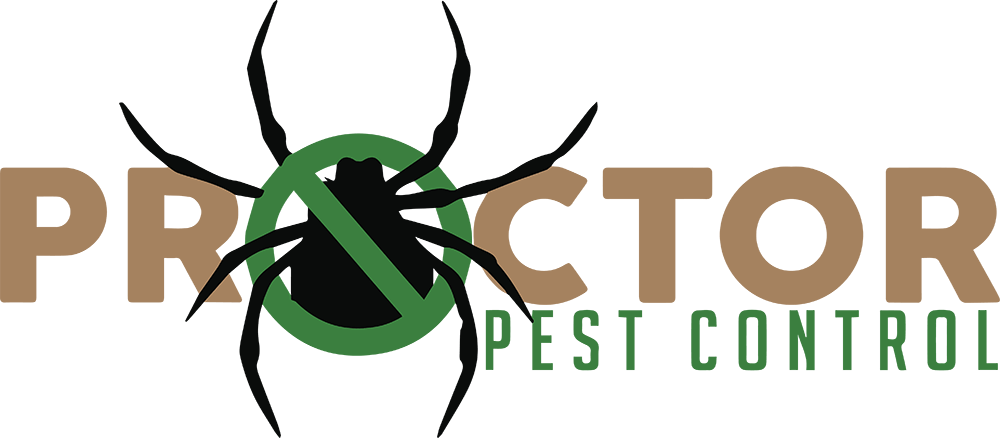
27 Jun Understanding the Life Cycle of Common Pests: Prevention and Eradication Tips
Pests are a persistent problem for homeowners, but understanding their life cycles can give you the upper hand in preventing and eradicating infestations. At Proctor Pest Control, we believe that knowledge is power when it comes to pest management. In this blog post, we’ll delve into the life cycles of common pests and provide valuable tips for keeping them at bay.
1. Cockroaches
Cockroaches are notorious survivors with a rapid reproductive cycle. They typically undergo three stages in their life cycle: egg, nymph, and adult. Cockroach eggs are laid in dark, secluded areas and hatch into nymphs, which resemble smaller versions of adults. Nymphs molt several times before reaching adulthood, and under ideal conditions, cockroaches can reproduce quickly, making infestations challenging to eradicate.
Prevention Tip: Keep your home clean and free of food debris, seal cracks, and crevices, and eliminate sources of moisture to deter cockroaches from taking up residence.
2. Ants
Ant colonies consist of three main castes: workers, queens, and males. The life cycle of an ant begins with eggs laid by the queen. These eggs hatch into larvae, which are cared for by worker ants until they pupate and emerge as adult ants. Ant colonies can expand rapidly, with worker ants foraging for food and bringing it back to the nest to feed the queen and her offspring.
Prevention Tip: Seal entry points around your home, store food in airtight containers and clean up spills and crumbs promptly to discourage ants from invading your space.
3. Rodents
Rodents like mice and rats are prolific breeders with short gestation periods. A female mouse can give birth to a litter of six to eight pups every three weeks, quickly multiplying the population. Rodents typically seek shelter in dark, secluded areas and can cause extensive damage to property by gnawing on wires, insulation, and building materials.
Prevention Tip: Seal gaps and cracks in your home’s exterior, keep food stored in rodent-proof containers, and maintain a clutter-free environment to reduce hiding spots for rodents.
4. Bed Bugs
Bed bugs are nocturnal pests that feed on human blood and can survive for several months without a meal. Their life cycle consists of egg, nymph, and adult stages, with eggs typically laid in cracks and crevices near their host’s sleeping area. Bed bug infestations can spread rapidly if left untreated, as these pests can hitchhike on clothing, luggage, and furniture.
Prevention Tip: Inspect second-hand furniture before bringing it into your home, regularly vacuum mattresses and upholstered furniture, and wash bedding in hot water to kill bed bugs and their eggs.
Protect Your Home with Proctor Pest Control
At Proctor Pest Control, we’re committed to helping homeowners understand the life cycles of common pests and providing effective prevention and eradication strategies. If you’re dealing with a pest infestation in your home, don’t hesitate to contact us for professional assistance. Our experienced technicians will assess the situation, develop a customized treatment plan, and implement targeted solutions to eliminate pests and prevent their return.
Don’t let pests take over your home—partner with Proctor Pest Control for comprehensive pest management solutions you can trust. Contact us today to schedule a consultation and take the first step towards a pest-free environment.



